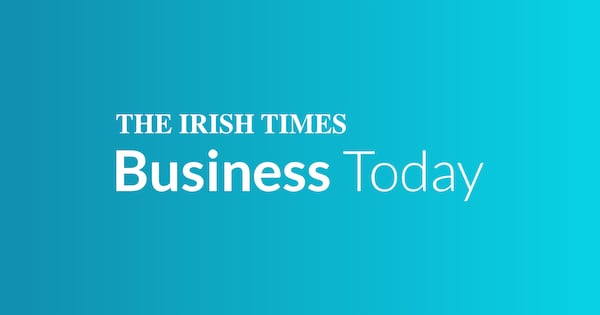When the Government publishes its key economic documents on Tuesday, the natural focus will be on where the extra investment is being targeted. A key question involves additional resources being devoted to projects in housing, water, energy and transport in the revised National Development Plan. What will this mean for other parts of the budget and where is the money going to come from?
We should get some clue from the second major document, the Summer Economic Statement (SES), which looks at the outlook for the budget.
Here, the key question is whether extra spending has left less room for day-to-day supports and tax reductions to be factored into the budget.
The SES will give some indication of room for manoeuvre in the budget – in other words, what the package on the day will cost. The budget ministers, Paschal Donohoe and Jack Chambers, are likely to indicate that less money is available this year.
READ MORE

David McWilliams on how ‘big incentives’ to build could save Dublin city
They are also likely to repeat the assertion that there is no cost-of-living package this year. How both of these commitments survive the run-up to the actual budget remains to be seen.
A key issue to watch for concerns budget overruns and whether the Government is going to take action to stop them happening this year.
The Irish Fiscal Advisory Council, the budget watchdog, has said that the spending allocations for this year were flawed from day one, because they failed to build in overruns in 2024. With the council estimating overruns of €2 billion-plus this year, does the Cabinet plan to rein these in? And what does it mean for 2026?
The goal of keeping spending growth to 5 per cent a year, set in 2021, was quickly consigned to the dustbin. So, what will now replace it? Or is it just a case of spending whatever cash is available every year?
















